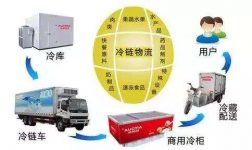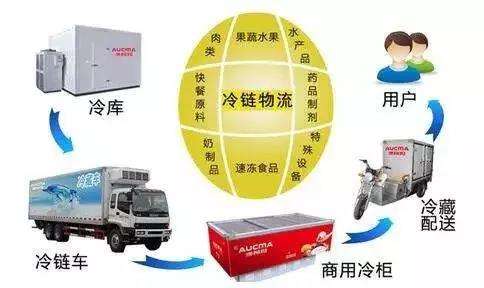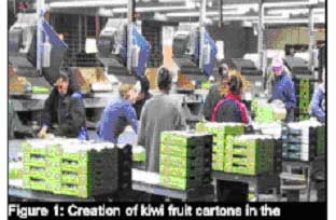
RFID fresh food traceability technology makes food fresher
[ad_1]
The rapid development of RFID technology has a good reputation in various fields, and the advantages of RFID technology in the application of fresh food cold chain logistics. Chain distribution systems are increasingly emerging. Food circulation patterns have changed from traditional retail to chain sales. The requirements for commodity control are also very high. As a result, the technical requirements of cold chain logistics are constantly innovating to ensure the freshness of food ingredients. RFID fresh food traceability technology makes food fresher.
Cold chain logistics generally refers to a systematic project in which refrigerated and frozen foods are always in a prescribed low temperature environment during the production, storage, transportation, sales, and pre-consumption processes to ensure food quality and reduce food loss. It was established with the advancement of science and technology and the development of refrigeration technology. It is a low-temperature logistics process based on refrigeration technology and refrigeration technology as a means. However, my country still lacks effective cold chain logistics management methods at this stage. The lagging of the original monitoring technology is the biggest technical bottleneck. As a new type of automatic identification technology, RFID technology has gradually become an indispensable technical tool and means for enterprises to improve cold chain logistics management, reduce costs, and realize enterprise management information, especially to enhance the core competitiveness of logistics enterprises.

RFID in the supermarket fresh food sales link:
1. The refrigerated truck of the distribution center arrives at the designated delivery point of the supermarket on time and unloads the goods. The staff of the supermarket uses a handheld RFID reader to read all the goods information at one time and confirm that the goods information is consistent with the order form. If the information is consistent, update the relevant data in the retailer’s sales system.
2. Supermarket staff immediately push the goods into the supermarket and put them on the shelves for sale. Frozen food will be put on the shelves in time to ensure that there will be no “out of stock” or “out of stock” phenomena in the supermarket, and to meet the consumer demand of consumers and the sales demand of retailers.
3. The supermarket has installed an RFID reader above the freezer where the frozen food is placed, and the reading range of the reader can radiate to the entire area where the frozen food is placed. This freezer can use the reader to obtain the information in the RFID tag on each product package to automatically identify the newly added product. At the same time, the RFID reader on the freezer can read the temperature information of the freezer in real time and feed it back to the supermarket management center in time to ensure that the temperature of the freezer is within a certain range to ensure the freshness of fresh food.
4. The customer takes a certain amount of goods from the freezer, and the RFID reader can automatically obtain the relevant information of the taken goods, and promptly send information to the supermarket’s automatic replenishment system.
5. The customer pays. RFID tags are affixed to the outer packaging of frozen foods. When a customer pushes the shopping cart through the door equipped with an RFID reader, the reader can identify the type, quantity, amount and other information of the goods in the shopping cart at one time, and the computer displays The screen will display the total amount of the customer’s consumption, and then the customer pays and leaves.
6. When the customer leaves after consumption, the supermarket’s sales system will be automatically updated immediately, and all the information of the products sold and the sales amount will be recorded.
Due to the characteristics of fresh food, it was decided that the operation should be simplified as much as possible and the intermediate links should be shortened. Let the freshness of the ingredients minimize the precipitation of time. Therefore, the RFID technology is used to quickly identify the fresh food, automatically collect data, and reduce various records and statistics during transportation. This greatly saves the time of out/in storage and improves the operation. The efficiency increases the freshness preservation of fresh products.
[ad_2]




